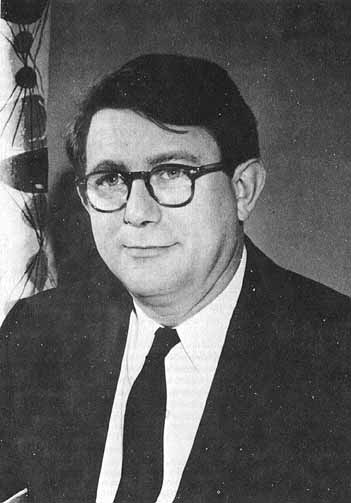|
 |
|
This man (Abe Silverstein) accepted the challenge to convert a conventional
engine designed to burn JP-4 fuel to an engine that would burn both
separately JP-4 fuel and Liquid Hydrogen within a period of 12 months at
a cost of $1,000,000.

Abe Silverstein, director of space flight programs. National Aeronautics and Space Administration, 1958-1960, who had a decisive role in the use of liquid hydrogen as a fuel in the upper stages of the Saturn launch vehicle.
"On 13 February 1957, the first of three successful flights was made and the fuel system worked well.
The transition to hydrogen was made in two steps. The hydrogen lines were first purged, then the engine was (1) operated on JP-4 and hydrogen simultaneously. After two minutes of operation on the mixture, Joseph S Algranti (Co Test pilot on the B-58 and all of this occurred during actual flight). switched to (2) Hydrogen alone. The transistion was relatively smooth and there was no appreciable change in engine speed or tail pipe temperature. The engine ran for 20 minutes on hydrogen. The pilots ( William V. Gough Jr.and Joseph S.Algranti) found that the engine responded well to throttle changes when using hydrogen. When the
supply was almost exhausted, the speed began to drop. As this became apparent, Algranti switched back to (3) to JP-4 and the engine accelerated smoothly to its operating speed." |
|
|
|
| |
|
The one modified engine (Curtis Wright J-65 Turbojet) which required only 12 months to modify successfully
operated under the three conditions during actual flight.
1. Using JP-4 fuel only
2. Using Liquid Hydrogen Only
3. Using Liquid hydrogen and JP-4 simultaneously
Source last paragraph page 106 and first paragraph page 107; Liquid hydrogen as a propulsion fuel
1945-1959, john L sloop NASA SP 4404
(Click here to read paragraphs) |
|
|
